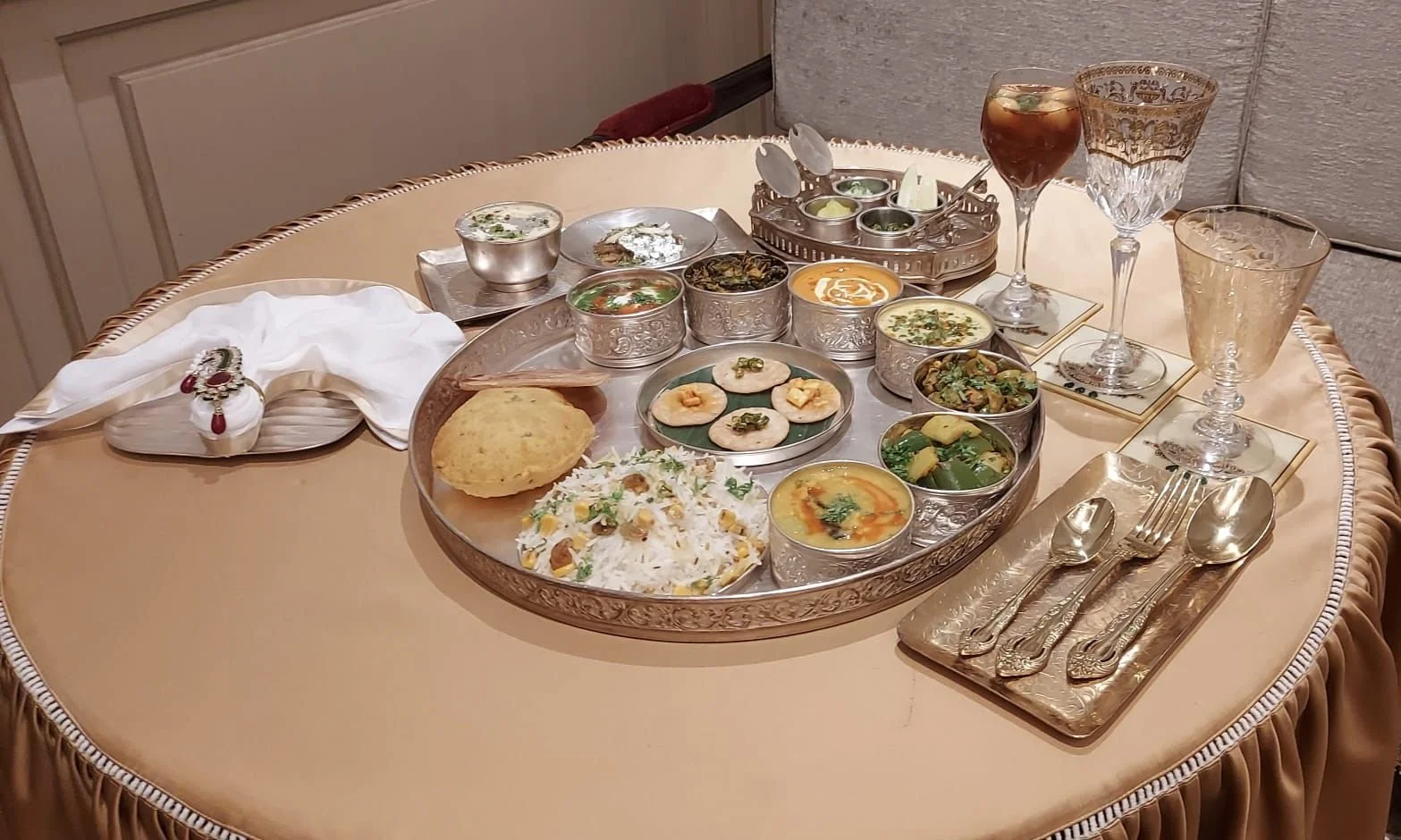
Food is identity.
We preserve, educate, and advocate for food cultures — before they disappear forever.
For generations, indigenous food cultures have been disappearing— along with the stories, knowledge, and identity they carry. At The Kindness Meal, we are reclaiming these traditions to help communities take pride in who they are, preserve our shared cultural heritage, and protect the environment.
What we do
-
Preserve
Document & archive native food stories, practices, and traditions with grassroots communities.
-
Educate
Promoting cultural education through engagement between youth, children, and elderly.
-
Advocate
Partner with educators and policymakers to embed food literacy and protect native cultures.
The Raika Life: Story of A People in Motion
Camel milk, lathis, khejdi flour rotis, and stories told under the stars. Meet the Raikas, Rajasthan’s last great nomadic community, now walking the fine line between memory and modernity.



















































